[ Instrument Network Instrument R & D ] Recently, the research group of Sun Haiding and Long Shibing of the School of Microelectronics, University of Science and Technology of China used the sapphire substrate chamfered angle to regulate the quantum well to achieve three-dimensional carrier confinement, breaking through the ultraviolet LED luminous performance. Related research was published in Advanced Functional Materials under the title of Unambiguously Enhanced Ultraviolet Luminescence of AlGaN Wavy Quantum Well Structures Grown on Large Misoriented Sapphire Substrate.
Although ultraviolet energy accounts for only 5% of sunlight, it is widely used in human life. At present, UV light applications include printing curing, coin anti-counterfeiting, skin disease treatment, plant growth light, and damage to the molecular structure of microorganisms such as bacteria and viruses. Therefore, it is widely used in air sterilization, water purification, and solid surface sterilization and disinfection. The traditional ultraviolet light source generally uses the excited state of mercury vapor discharge to generate ultraviolet light, which has many defects such as high power consumption, large heat generation, short life, slow response, and potential safety hazards. The new type of deep ultraviolet light source adopts the light emitting diode (LED) light emitting principle, which has many advantages over the traditional mercury lamp. The most important advantage is that it does not contain toxic mercury. The implementation of the Minamata Convention indicates that the use of ultraviolet lamps containing mercury will be completely banned in 2020. Therefore, the development of a new type of environmentally friendly and efficient UV light source has become an important challenge facing people.
And a deep ultraviolet LED (DUV LED) based on a wide band gap semiconductor material (GaN, AlGaN) has become the only choice for this new application. This all-solid-state light source system is small in size, high in efficiency, and long in life. Just a chip the size of a thumb cover, it can emit ultraviolet light that is stronger than a mercury lamp. The mystery depends mainly on the direct band-gap semiconductor material of group III nitrides: the electrons in the conduction band and the holes in the valence band recombine, thereby generating photons. The energy of the photon depends on the forbidden band width of the material. Scientists can precisely realize the emission of different wavelengths by adjusting the element composition in the ternary compound such as AlGaN. However, it is not always easy to achieve high-efficiency light emission of UV LEDs. Researchers have discovered that when electrons and holes recombine, photons are not always generated, and this efficiency is called internal quantum efficiency (IQE).

Figure: Photoluminescence spectra and device schematic diagrams of deep ultraviolet LEDs prepared on sapphire substrates with bevel angles of 0.2 and 4 degrees. The active area transmission electron microscope shows a high-resolution multiple quantum well structure and a comparison of output power.
Sun Haiding and Long Shibing's group skillfully adjusted the bevel angle of the sapphire substrate to significantly increase the IQE and device luminous power of UV LEDs. The research group found that when the substrate's bevel angle is increased, the dislocations inside the UV LED are significantly suppressed, and the light emission intensity of the device is significantly improved. When the chamfered substrate reaches 4 degrees, the intensity of the device's fluorescence spectrum is increased by an order of magnitude, and the internal quantum efficiency has reached a record-breaking 90%.
Different from the traditional UV LED structure, the thickness of the potential well and barrier in the multilayer quantum well (MQW), which is a light emitting layer inside this new structure, is not uniform. With the help of high-resolution transmission electron microscopy, researchers were able to analyze quantum well structures at just a few nanometers on a microscopic scale. Studies have shown that at the step of the substrate, gallium (Ga) atoms will aggregate, which causes the local energy band to narrow, and as the film grows, Ga-rich and Al-rich regions will extend to DUV LEDs. Surface, and twisted and bent in three-dimensional space, forming a three-dimensional multi-quantum well structure. Researchers call this special phenomenon: the phase separation of Al and Ga elements and the localization of carriers. It is worth pointing out that, in the InGaN-based blue LED system, In is not 100% miscible with Ga, resulting in In and Ga-rich regions inside the material, which results in local states and promotes current carrying Radiative recombination of electrons. However, in AlGaN material systems, phase separation of Al and Ga is rarely seen. One of the important significance of this work is that the growth mode of the material is artificially adjusted to promote phase separation, and thus greatly improve the light-emitting characteristics of the device.
By optimizing the epitaxial growth adjustment on a 4-degree bevel substrate, the researchers explored an optimal DUVLED structure. The carrier lifetime of this structure exceeds 1.60 ns, which is generally less than 1 ns in traditional devices. Further testing the chip's luminous power, the researchers found that its UV luminous power was more than twice that of traditional devices based on a 0.2-degree bevel substrate, as shown in the figure. This is more certain proof that AlGaN materials can achieve effective phase separation and carrier localization. In addition, the experimentalists also simulated the phase separation phenomenon inside the AlGaN multi-quantum well and the influence of the unevenness of the potential well and barrier thickness on the luminous intensity and wavelength through theoretical calculations. The theoretical calculations and experiments have been in good agreement.
This research will provide new ideas for the development of highly efficient all-solid-state UV light sources. This idea does not require expensive patterned substrates or complicated epitaxial growth processes. And just relying on the adjustment of the bevel angle of the substrate and the matching and optimization of the epitaxial growth parameters, it is expected that the luminous characteristics of UV LEDs will be improved to a level comparable to that of blue LEDs, laying a test for large-scale applications of high-power deep UV LEDs And theoretical basis.
Sun Hai is the first author and co-corresponding author of the paper. The project was completed in conjunction with Guo Wei and Ye Jichun, researchers at the Ningbo Institute of Materials Science and Engineering, Chinese Academy of Sciences, professors Dai Jiangnan and Chen Changqing from Huazhong University of Science and Technology, professor Zhang Zihui from Hebei University of Technology, and professor Boon Ooi and Saudi Arabian King Abdullah University of Science and Technology. . This research work was supported by the National Natural Science Foundation of China, the Chinese Academy of Sciences, and the Chinese University of Science and Technology. Part of the sample processing technology was completed at the Micro-nano Research and Manufacturing Center of the University of Science and Technology of China.
Speaker Aluminum Basin Frame
Speaker aluminum basin frame is the production of multimedia speaker and toy horn accessories.
Function: it is the matrix of installation vibration system, support system and magnetic return system.
Material: Speaker cast aluminum basin frame, the basic function and iron basin frame work the same principle, is a relatively high-end speaker body parts. The process is more complex, the appearance is more high-end and beautiful, and the cost is also higher.
Surface treatment process: electroplating, electrophoresis, baking black. Color can also be customized according to customer requirements.
Modular products: there are a variety of different specifications for customers to choose.
Private mold products: can be customized, according to customer samples or drawings for development and production.
4 Inch Speaker aluminum basin frame/Product Display
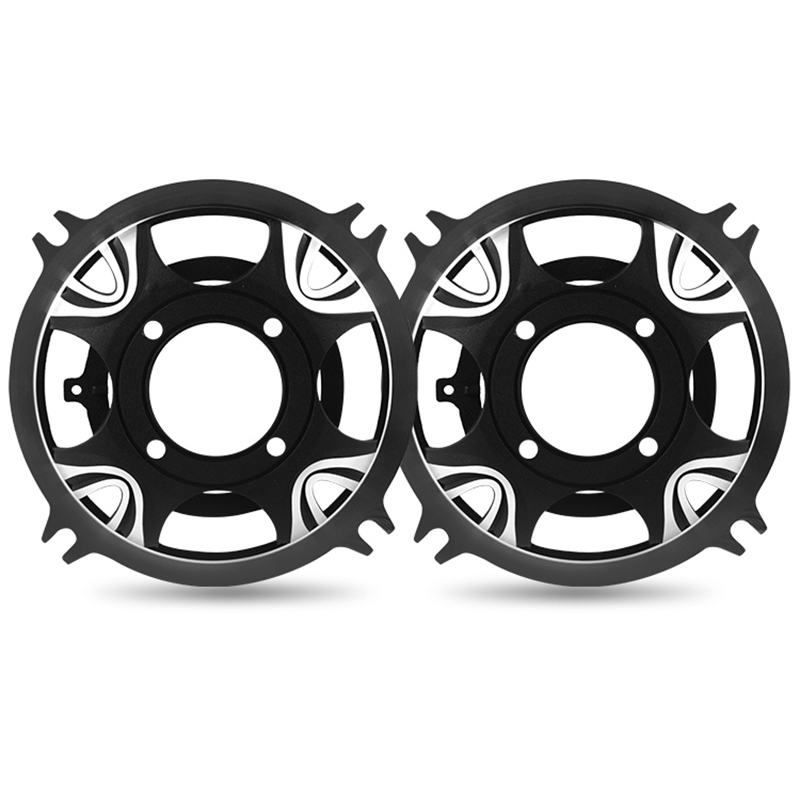
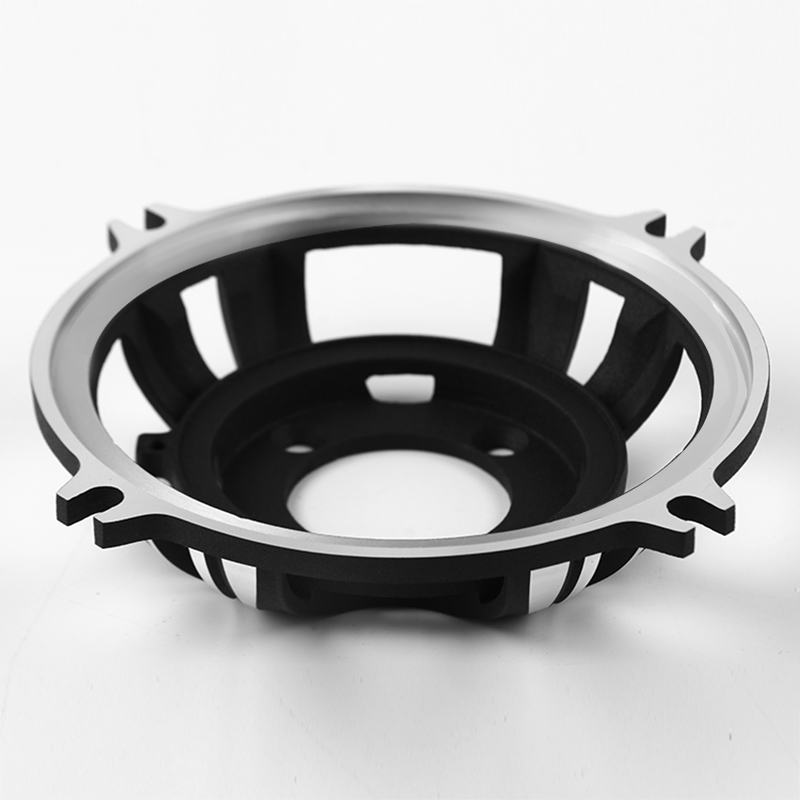
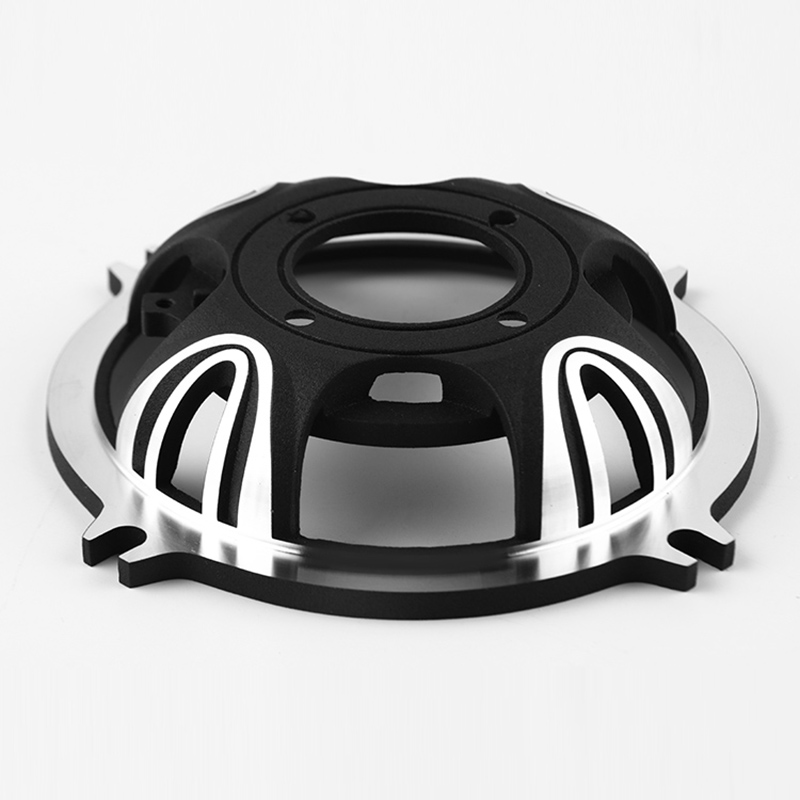
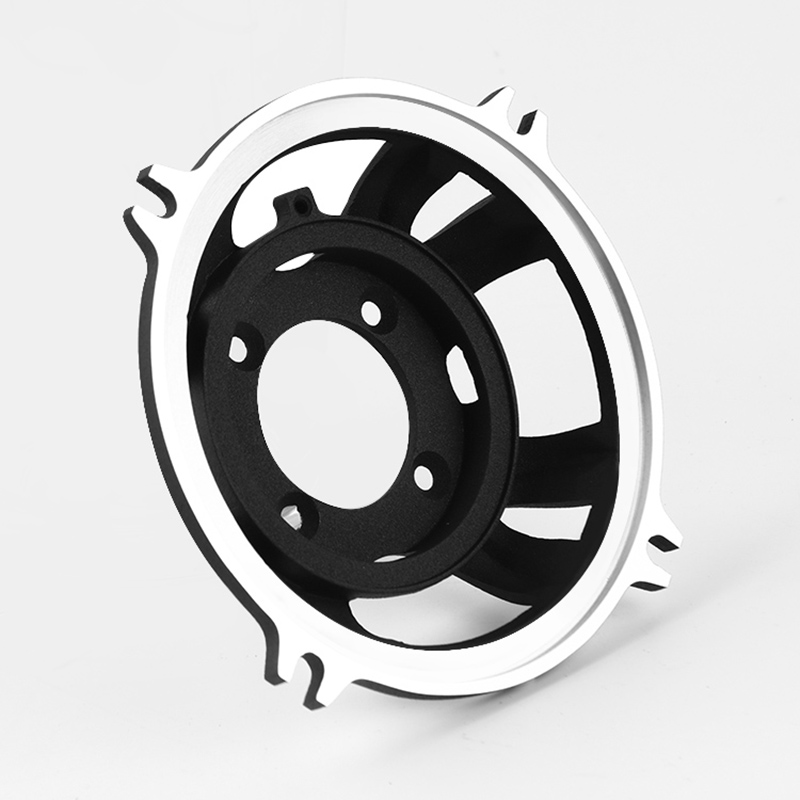
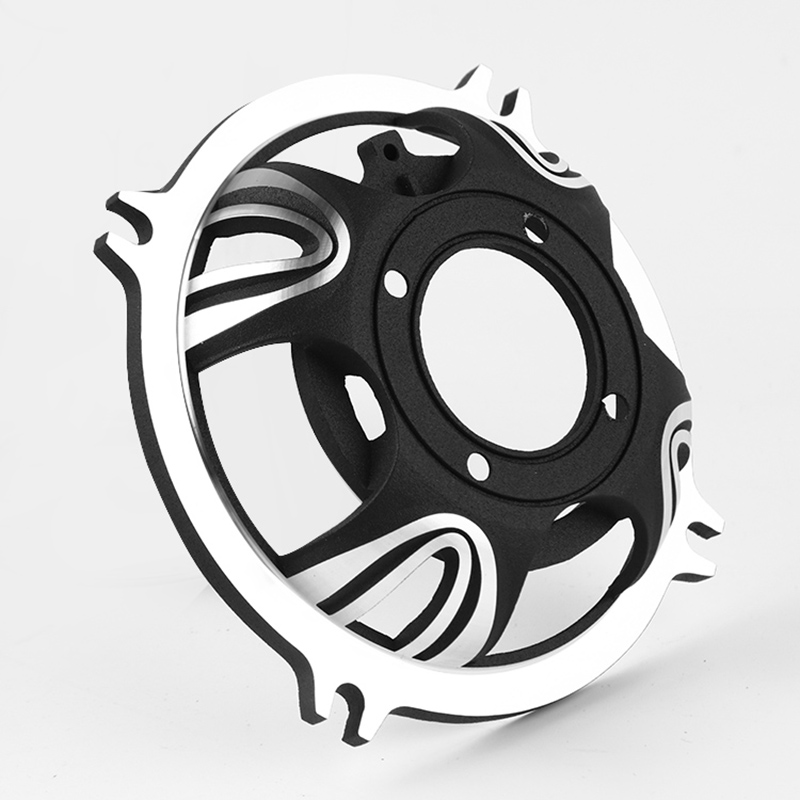
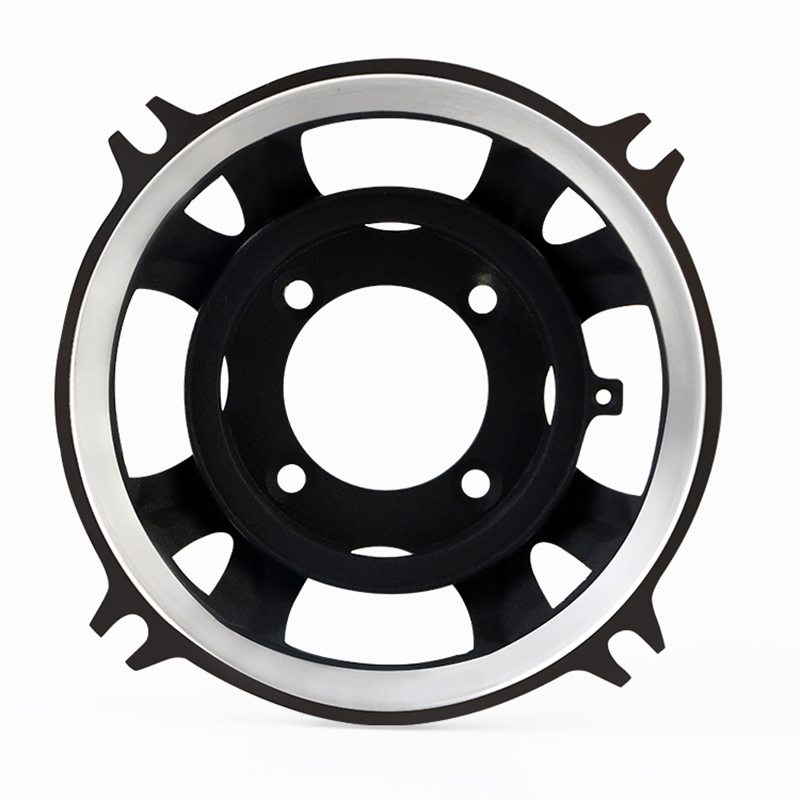
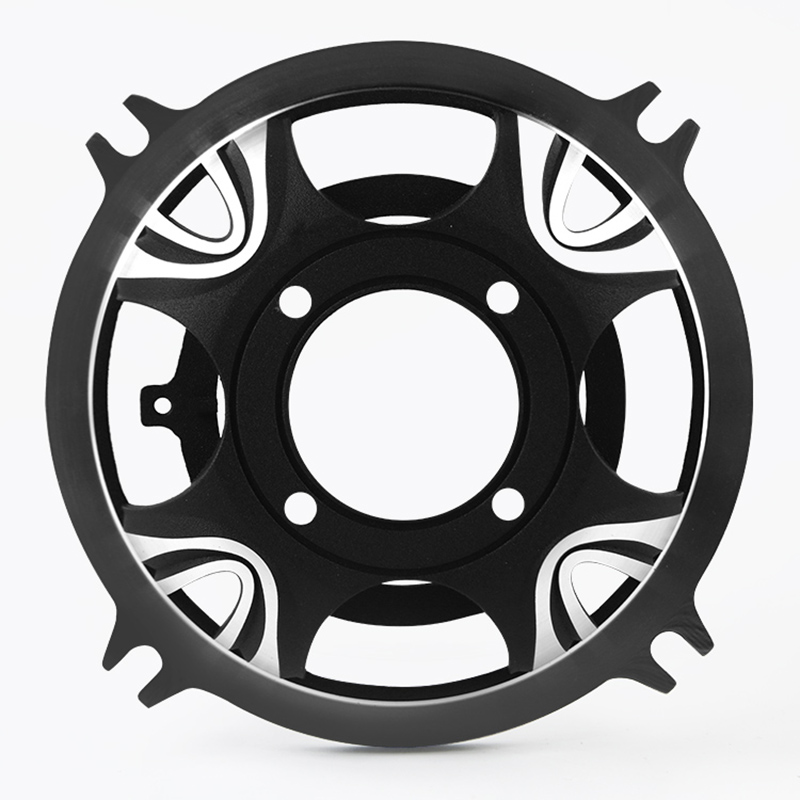
4 Inch Aluminum Frame,4 Inch Horn Aluminum Frame,4 Inch Speaker Aluminum Frame,4 Inch Audio Aluminum Basin Frame
Fengshun County Boli Electroacoustic Co., Ltd. , https://www.gdfsboli.com